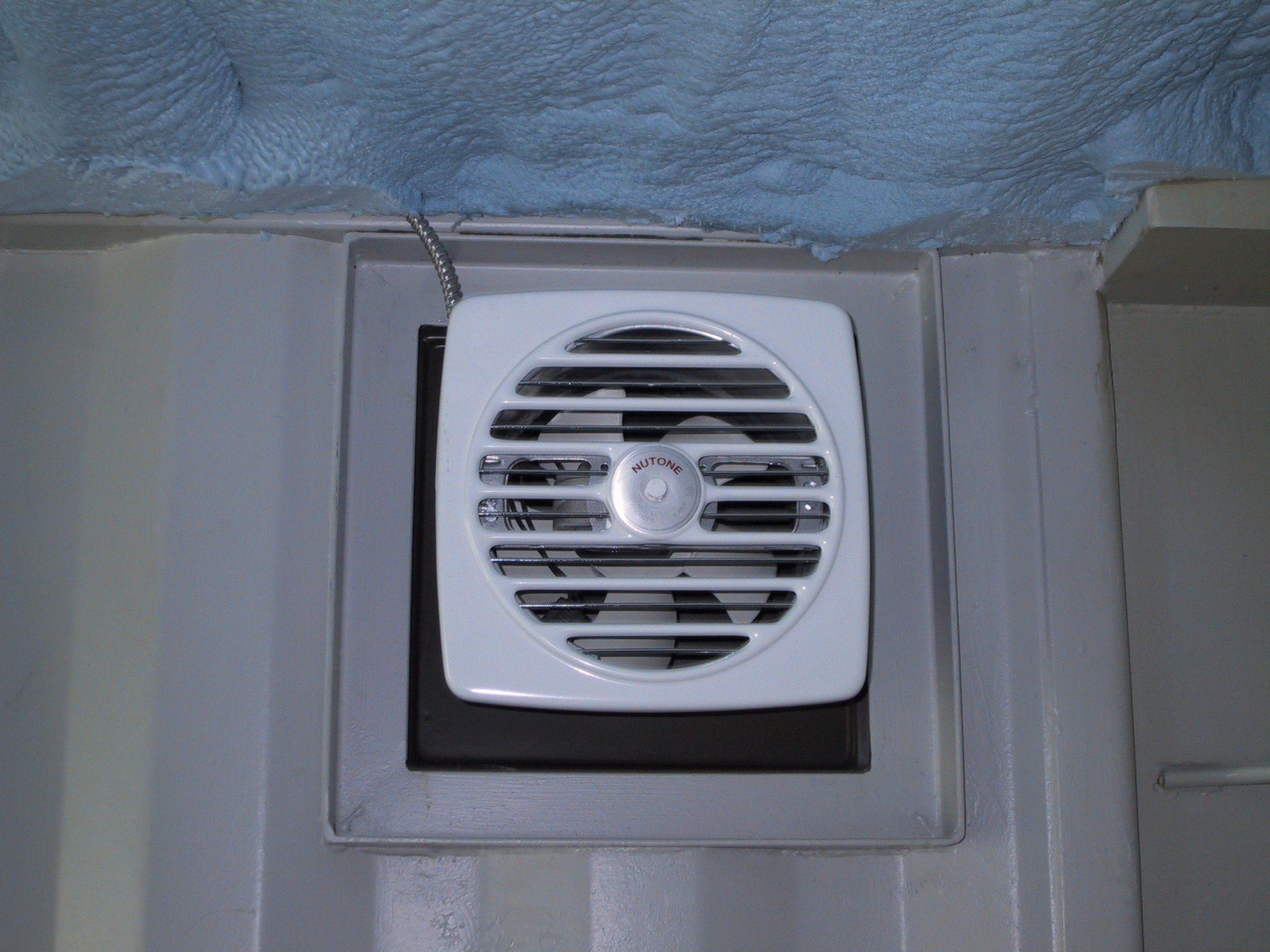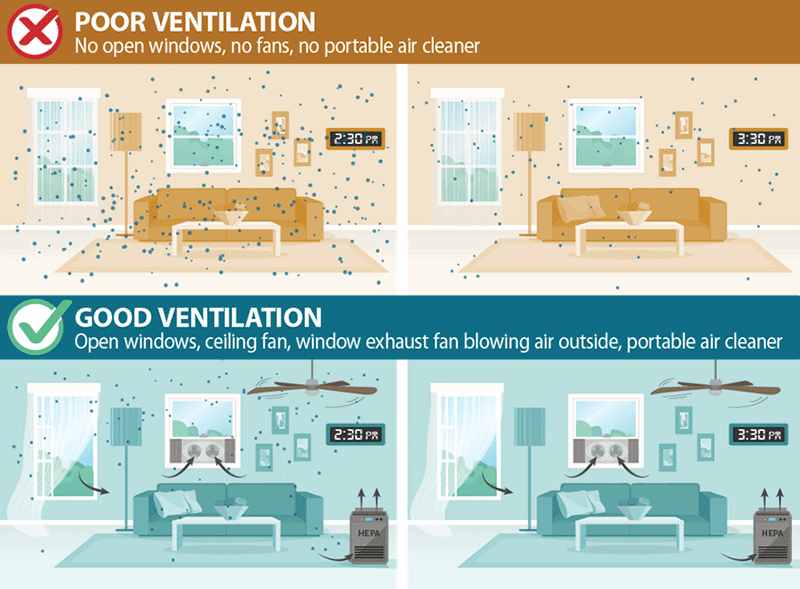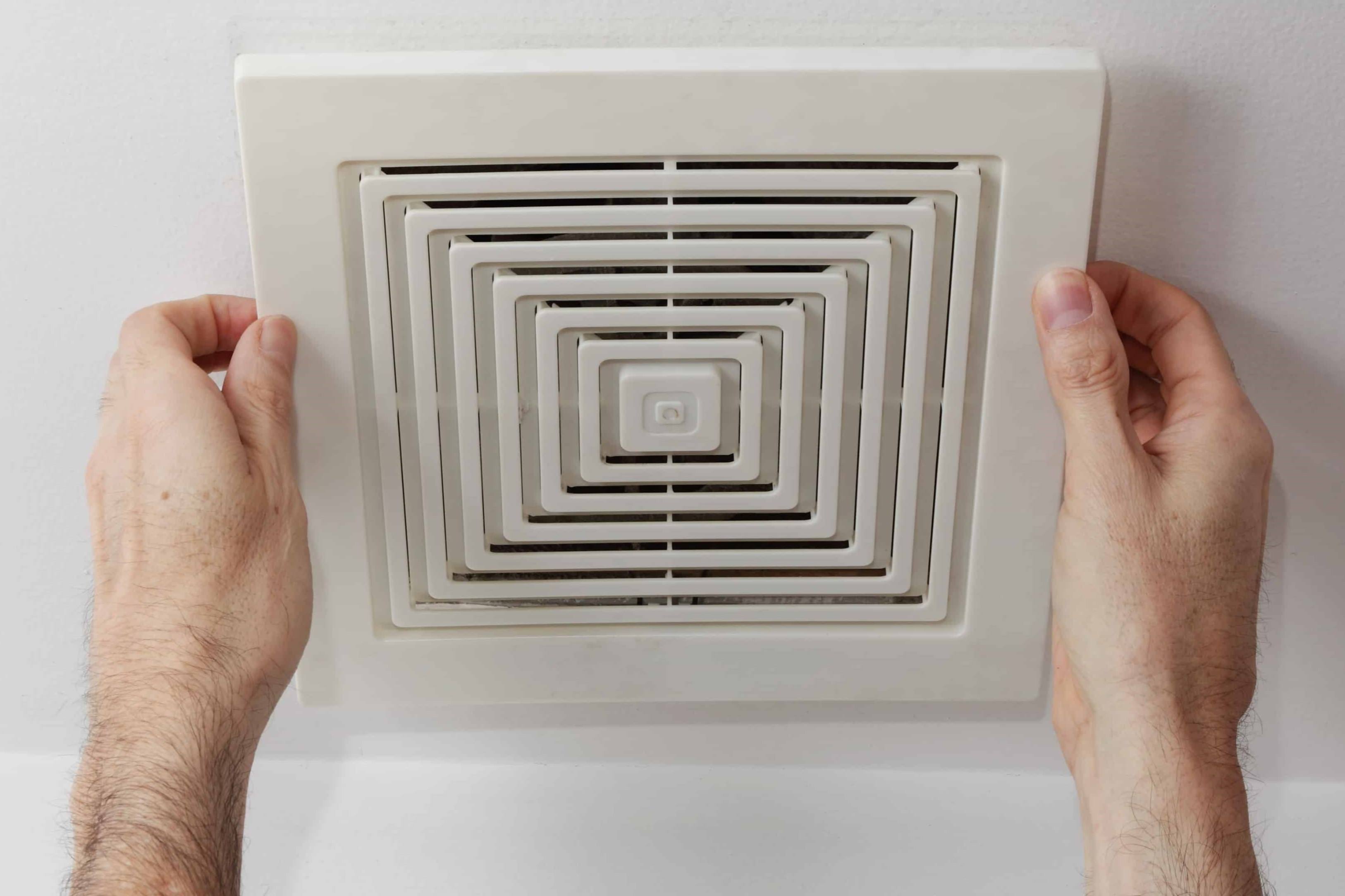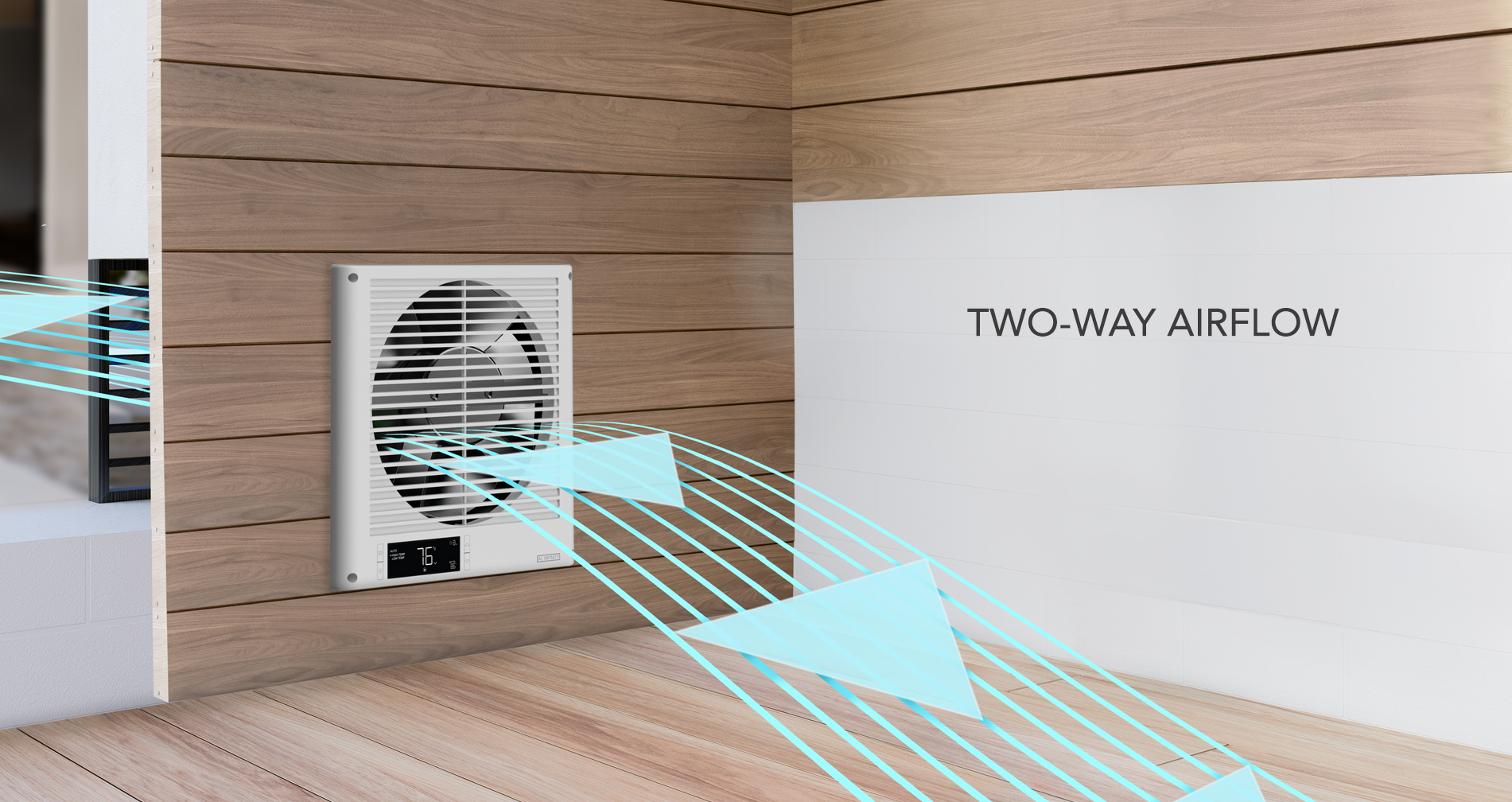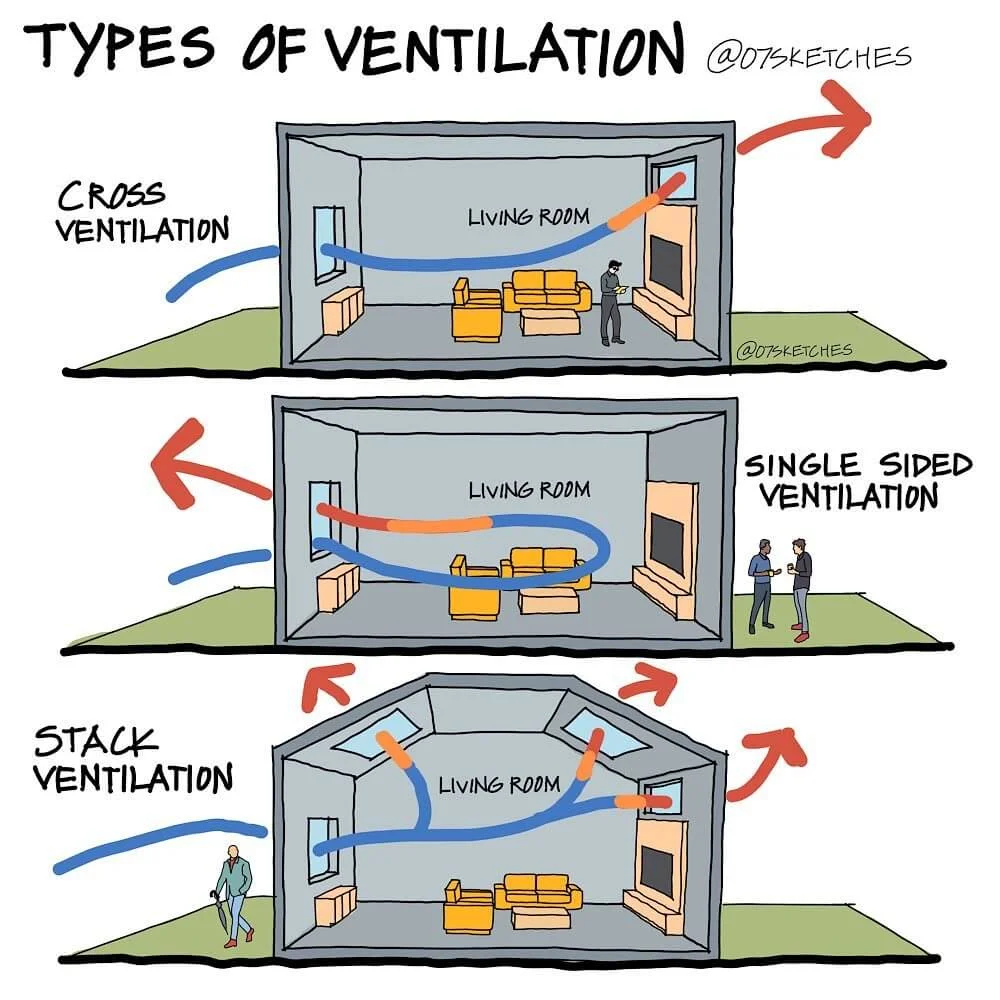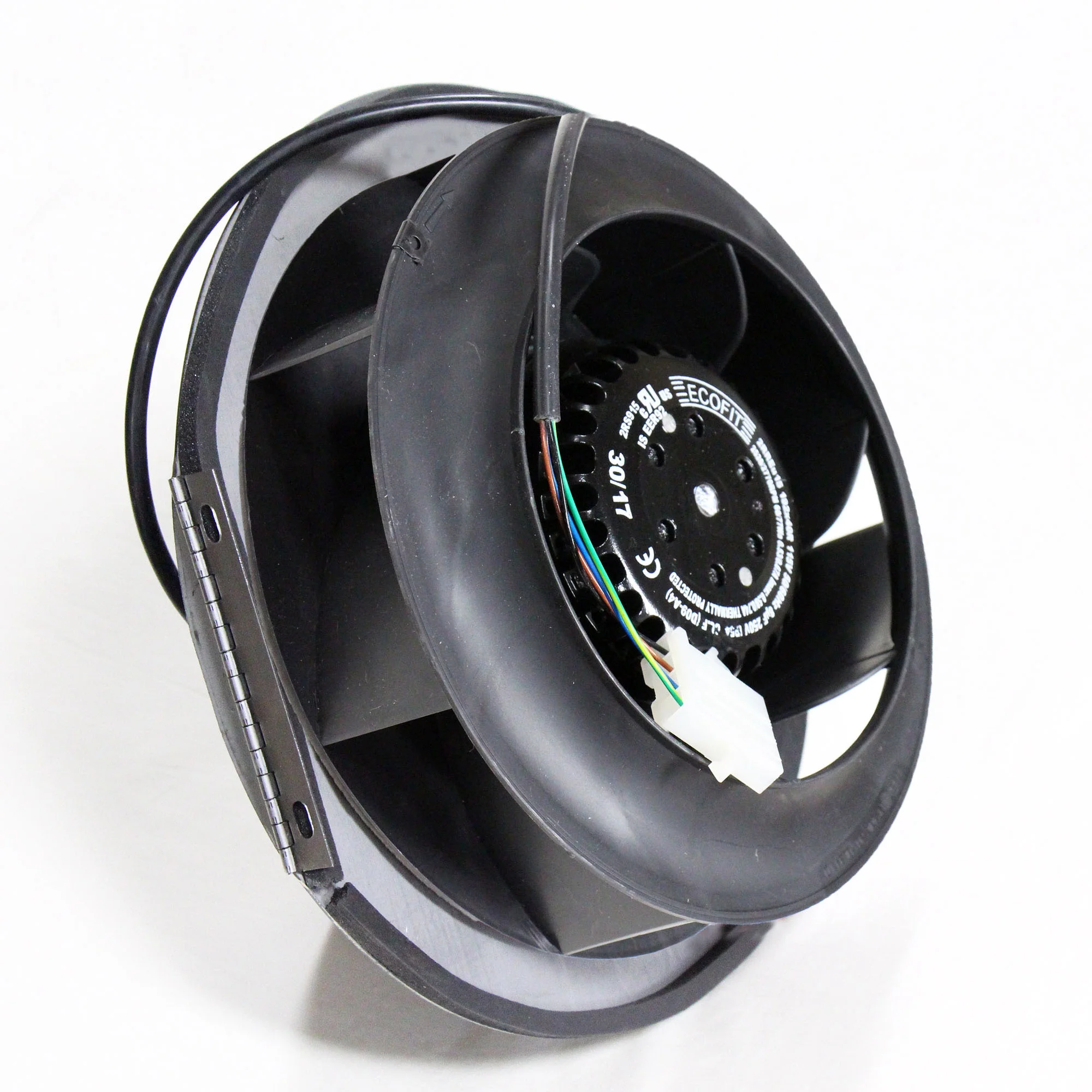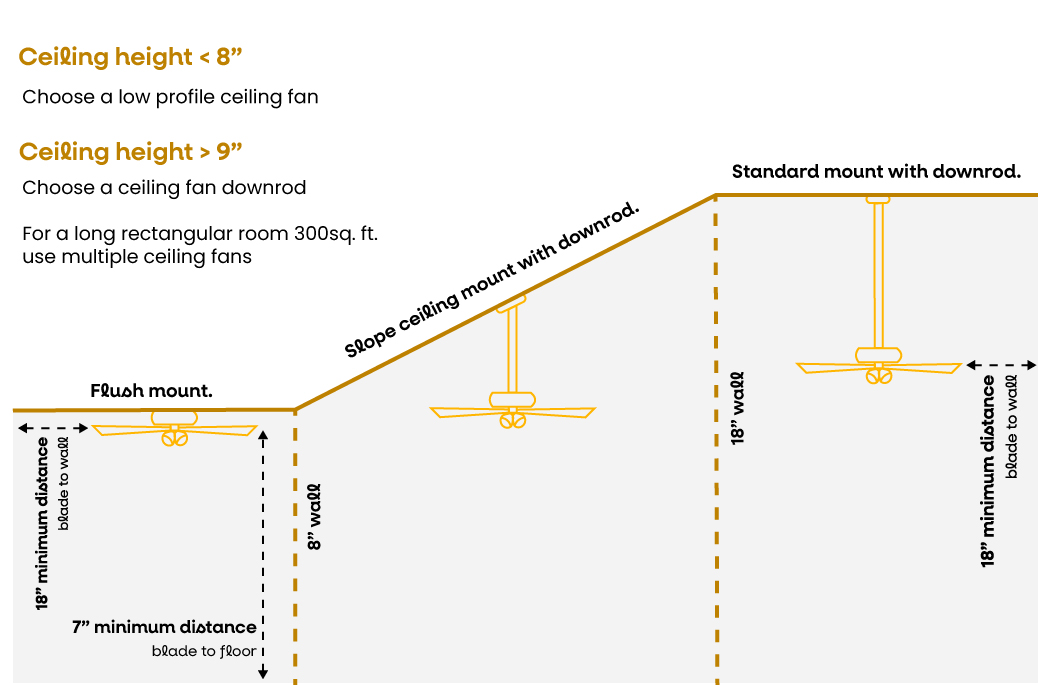For The Best Effect An Exhaust Fan Should Be Positioned

The placement of an exhaust fan might seem like a minor detail in home design, but experts increasingly emphasize its pivotal role in ensuring air quality and structural integrity. Proper positioning isn't just about removing odors; it's about preventing moisture buildup, reducing the risk of mold growth, and creating a healthier living environment.
This article examines the optimal positioning of exhaust fans, drawing on insights from building codes, HVAC professionals, and scientific studies.
The goal is to provide homeowners, contractors, and building managers with a comprehensive understanding of how to maximize the effectiveness of these essential ventilation devices. Failing to position an exhaust fan correctly can lead to a host of problems, negating its intended benefits.
The Importance of Strategic Placement
The central argument is simple: for the best effect, an exhaust fan should be positioned where it can most effectively capture and remove contaminants and moisture. This typically means placing it near the source of these issues.
Consider a bathroom, a common location for exhaust fans. The primary purpose of the fan in this space is to remove steam and humidity generated during showers and baths.
“The best placement in a bathroom is typically directly above or near the shower or bathtub,” explains John Miller, a certified HVAC technician with 15 years of experience. This allows the fan to capture the moisture-laden air before it has a chance to disperse and condense on surfaces.
In kitchens, the logic remains the same. The exhaust fan, often integrated into a range hood, should be positioned directly above the stove or cooktop.
This placement enables the fan to capture smoke, grease, and cooking odors at their source, preventing them from circulating throughout the home.
According to the American Society of Heating, Refrigerating and Air-Conditioning Engineers (ASHRAE), proper ventilation is critical for maintaining indoor air quality. Insufficient or poorly positioned exhaust fans can contribute to the buildup of pollutants, leading to respiratory problems and other health issues.
Key Factors Influencing Fan Placement
Several factors influence the ideal placement of an exhaust fan beyond simply proximity to the source of contaminants. These include the size of the room, the fan's airflow capacity (measured in cubic feet per minute, or CFM), and the presence of obstructions.
A larger room requires a fan with a higher CFM rating to effectively remove air. Building codes often specify minimum CFM requirements based on room size and intended use.
“For a typical bathroom, a fan with a CFM rating equal to the square footage of the room is generally sufficient,” says Miller. However, bathrooms with high ceilings or frequent use may require a more powerful fan.
Obstructions, such as light fixtures or structural elements, can impede airflow and reduce the fan's effectiveness. Consider these when determining the optimal placement.
If an obstruction cannot be avoided, it may be necessary to use a fan with a higher CFM rating or to relocate the fan slightly to ensure unobstructed airflow.
Furthermore, ductwork plays a crucial role in the performance of an exhaust fan. Long or convoluted duct runs can significantly reduce airflow. “Shorter, straighter duct runs are always preferable,” Miller advises.
Potential Consequences of Improper Placement
The consequences of improper exhaust fan placement extend beyond mere inconvenience. Insufficient ventilation can lead to moisture buildup, creating a breeding ground for mold and mildew.
Mold growth can damage building materials, trigger allergic reactions, and exacerbate respiratory problems.
In kitchens, inadequate ventilation can lead to the accumulation of grease and smoke on surfaces, creating a fire hazard and contributing to poor air quality. The Environmental Protection Agency (EPA) emphasizes the importance of proper ventilation in reducing indoor air pollutants, some of which can have serious health consequences.
Moreover, improperly positioned exhaust fans may not effectively remove odors, leading to unpleasant living environments. “Homeowners often underestimate the importance of exhaust fans in maintaining a comfortable and healthy home,” Miller notes.
Beyond Bathrooms and Kitchens
While bathrooms and kitchens are the most common locations for exhaust fans, they can also be beneficial in other areas of the home. Laundry rooms, for example, can benefit from exhaust fans to remove moisture generated by washing machines and dryers.
Workshops and garages, where dust and fumes can accumulate, may also require ventilation. The principles of optimal placement remain the same: position the fan near the source of contaminants and ensure adequate airflow.
Furthermore, consider the placement of intake vents in conjunction with exhaust fans. Proper ventilation requires a balance between exhaust and intake to ensure a constant flow of fresh air.
Conclusion
In conclusion, the positioning of an exhaust fan is a critical factor in its overall effectiveness. By placing fans near the source of contaminants, ensuring adequate airflow, and considering room size and obstructions, homeowners and builders can maximize the benefits of these essential ventilation devices.
Ignoring proper placement can lead to a host of problems, including moisture buildup, mold growth, and poor air quality.
Investing the time and effort to properly position exhaust fans is a small price to pay for a healthier, more comfortable living environment. Refer to local building codes and consult with HVAC professionals to ensure compliance and optimal performance.


